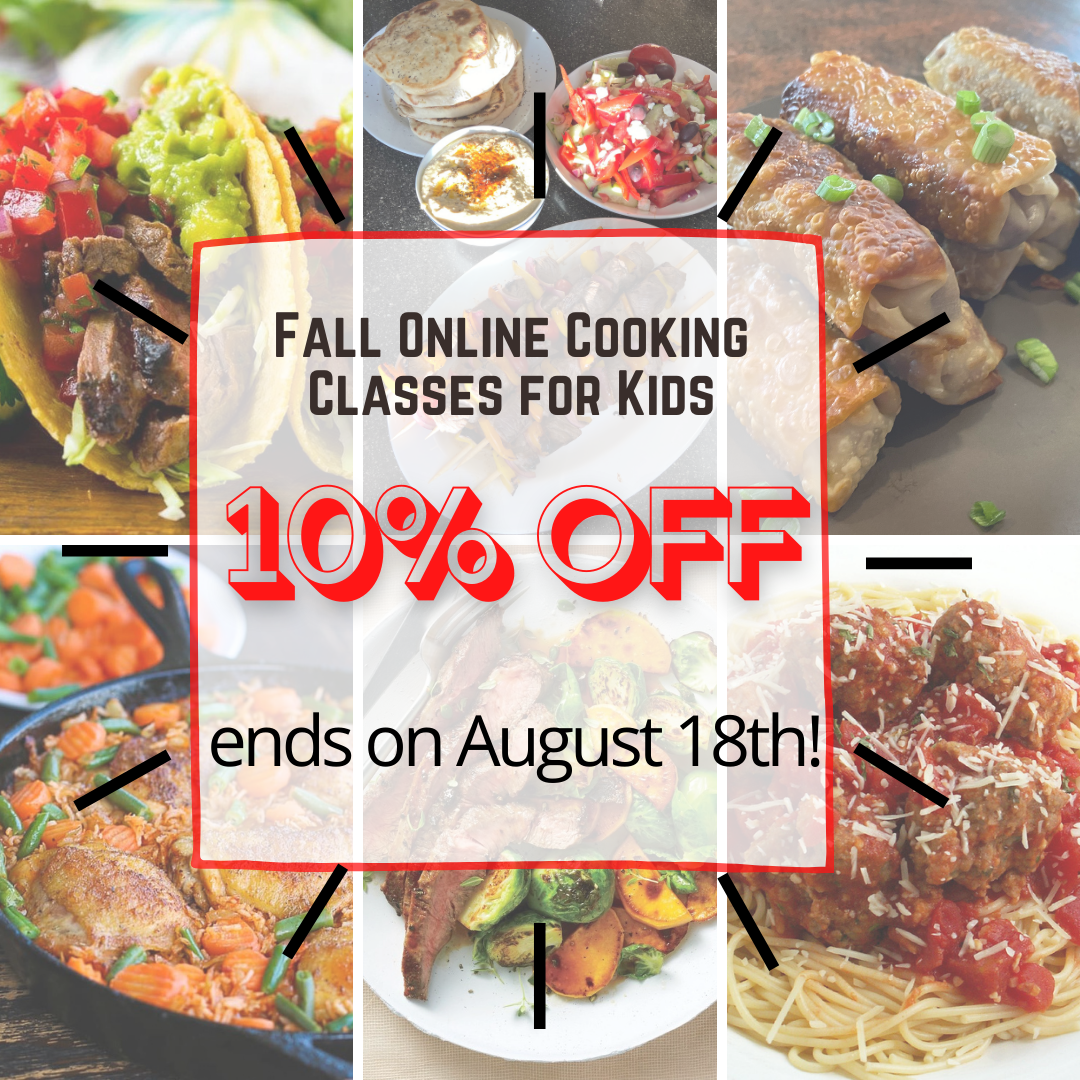

Foods served au gratin are topped with breadcrumbs or cheese then browned under a broiler. Foods served in aspic are suspended in or on top of the gelatin. aspic A savoury gelatin made from meat stock or consommé, and often shaped in a mold. anti-griddle A kitchen appliance that flash freezes or semi-freezes foods placed on its chilled metal top. amylolytic process Used in the brewing of alcohol from grains. A dish served amandine is usually cooked with butter and seasonings, then sprinkled with whole or flaked, toasted almonds. amandine A culinary term indicating a garnish of almonds. al dente To cook food (typically pasta) to the point where it is tender but not mushy. Granola – using the correct temperature and fat balance for proper taste/textureįond – the basis for pan sauces and braising liquids.A acidulate To use an acid (such as that found in citrus juice, vinegar, or wine) to prevent browning, alter flavour, or make an item safe for canning. But sound planning and understanding your limitations are essential to success in both cases.īaking Soda (Sodium Bicarbonate) – chemical leavening and role in quick breadsīrining – purpose and process for brining meatsĬaramelization (Browning) – purpose and method for creating flavor through caramelizationĬhilis, Dried – working with and using dried peppersĭeglazing – capturing the flavors of caramelized foods in the fondĮmulsifiers – what they do and use in dressings If using leftovers, it guarantees a delicious meal if planning a party, it means a relaxed host and happy guests.

#CULINARY FUNDAMENTALS BRAISE HOW TO#
Whether you are trying to make use of refrigerator leftovers for your family or planning a party for a crowd, knowing how to plan a workable menu really counts. If you don’t know WHY your beef stew had no flavor, your quick bread found a better use as a doorstop or your custard looked like the moon’s surface, how will you avoid a repeat performance? So, take a minute to analyze what happened/didn’t happen/should happen, and then deliver a crowd-pleasing culinary success on your second try. Understanding culinary science ( how and why things happen in the kitchen) will make us all better cooks. For example, understanding dolsat bowls (how to season and use) opens up a world of great Korean dishes. And there are many uncommon tools that seriously expand your cooking options. For example, a potato masher and potato ricer are not the same and have different purposes.

While I’m not a believer in over-the-top kitchen gadgets, many kitchen tools are essential and it helps to be familiar with them. You have a nice piece of fish in your refrigerator that you want to bread and fry for fish tacos? You’re ready to go – no recipe needed. Once you know this technique, recipes that require it become nice-to-have guides rather than essential. For example - the standard breading procedure. These are basic culinary techniques - the kind drummed into our brains in culinary school. My goal is to include in each post at least one fundamental gleaned from my years of culinary training and running a food business. Since most of my posts reflect my obsessive interest in understanding culinary science as well as basic techniques and kitchen tools, I have highlighted these “fundamentals” in posts and indexed them here.
#CULINARY FUNDAMENTALS BRAISE FREE#
You’ll be free to experiment and invent using whatever ingredients you happen to have on hand and to plan recipes and menus confidently. The greater your culinary “know-how”, the more liberating your time in the kitchen will be. While most anyone (except my husband) can follow a recipe, a skilled cook improvises, adapts and creates recipes (and menus) using basic culinary fundamentals.


 0 kommentar(er)
0 kommentar(er)
